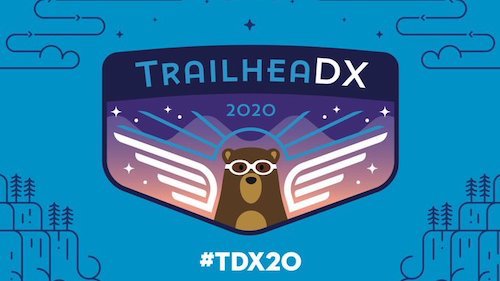
Get your FREE 30-day trial.
Please complete all fields.
In an age of digital disruption, technology is transforming every aspect of a company including employee recruitment and managing a 21st-century workforce. In order to keep up the evolution, HR and business leaders can no longer operate in their old paradigms. Are you prepared for this new revolution? We sat down with Josh Bersin, Principal and Founder,
Bersin by Deloitte, Deloitte Consulting LLP to discuss the major trends and role of technology in the changing HR landscape.

Highlighted below are three key points from the discussion. For a complete view, check out the Leading Edge webcast.
Each year Deloitte publishes the Global Human Capital Trends Report. According to Josh and the 2017 Trends report. Here are three key trends of focus:
1. Companies are no longer operating in hierarchies, but rather as teams and networks. Organizations are striving to break down silos, to encourage collaboration. This requires restructuring organizations to fit the needs of the future.
2. Employees need continuous learning. With technology such as AI, employees are uneasy about the implications and unknowns as it pertains to their job. This is driving companies to build “always-on” learning experiences that allow employees to build skills, quickly and easily, on their own terms.
3. Use cognitive tools and data for recruiting to find the best people for the team and company; making the recruiting process an art and science.
According to Josh, HR has to play a leading role in helping the company, and its leaders, become digital and understand the digital characteristics that benefit the organization. These digitally based processes and tools reinvent how HR operates, producing team-centric HR solutions, and elevating the HR tools. Adoption of these tools requires understanding what employees need and producing experiences, tools, coaching exercises, and apps that support individuals and teams. It helps them perform, excel, and thrive in their roles and responsibilities. Also, don’t forget to make it simple and easy for your employees to access the tools so you can increase adoption.
This topic is imperative to get your organization on the digital train. A simple approach can help you frame the conversation.
Identify the top concerns of your CEO, or business stakeholders, and determine the issues or personnel that are impacting the business agenda or stalling progress from being made.
Take those issues back to your HR department and apply design thinking to work toward the core of the issue. Think about the challenge in context to the stakeholder, what they need to achieve as a whole, how the issues are affecting their division and others, etc. To give an example of an executive leadership issue that HR creatively tackled, during the digital disruption of mobile commerce, Visa’s executive team felt that their experience in this new technology was lacking. Instead of hiring new people, Visa University was created. It is a digital platform used to promote digital learning and help their employees learn more about mobile commerce. It’s a collaborative platform where employees can learn together, share best practices, and build new digital solutions in the e-commerce market.
To hear more about what is discussed above and additional topics such as how to engage a millennial workforce, how employee wellness can affect productivity, powerful new HR technology, and more watch the Leading Edge webcast.